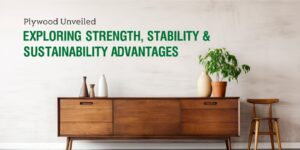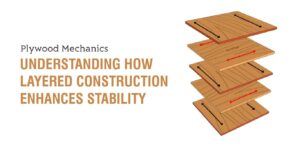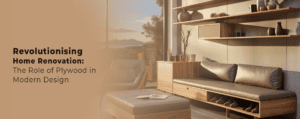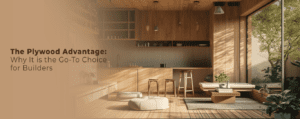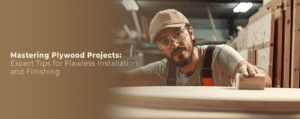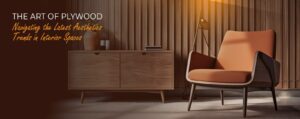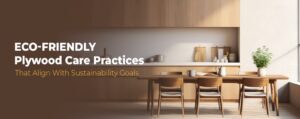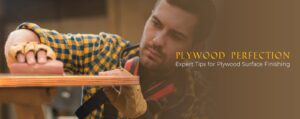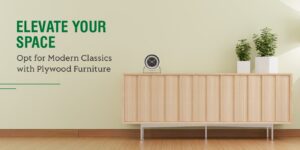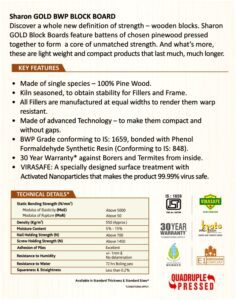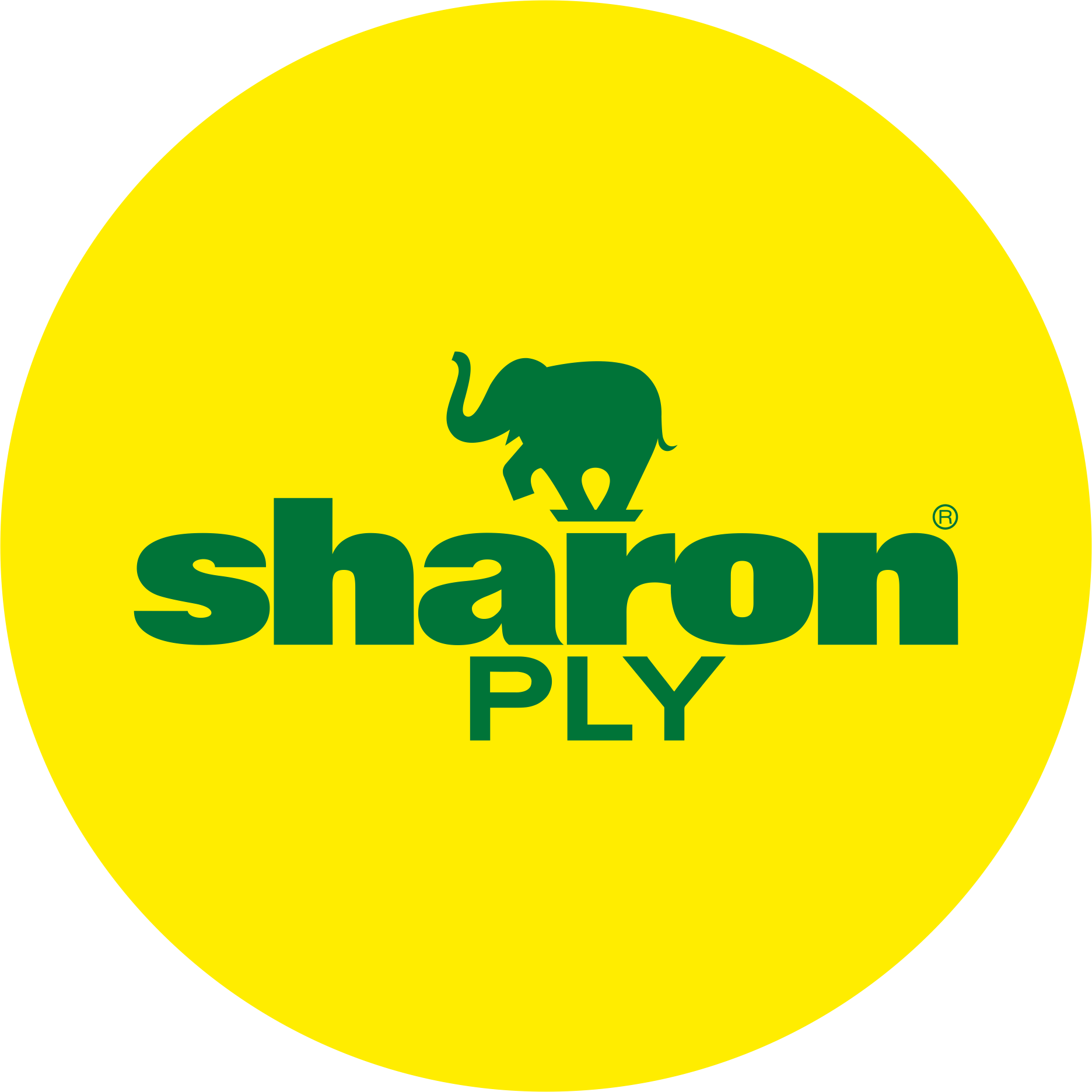

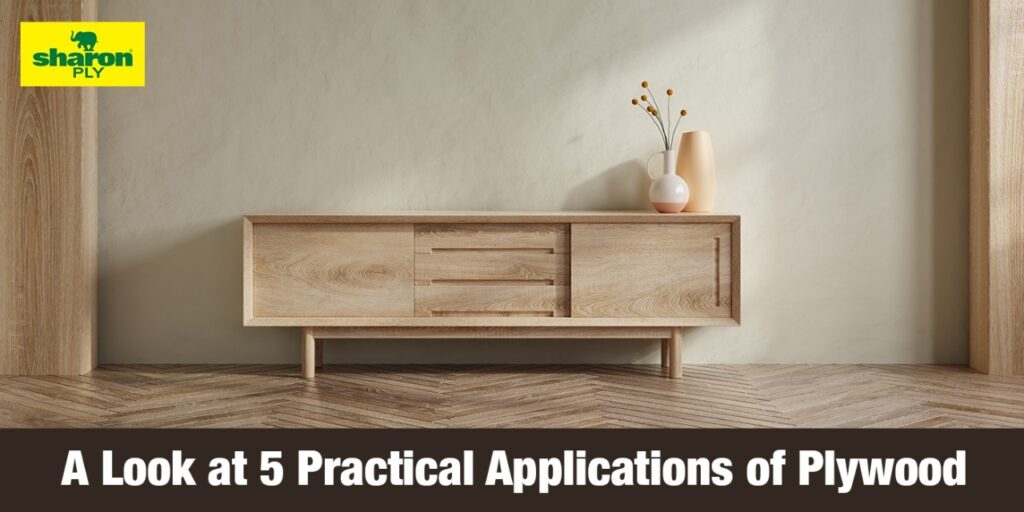

In the course of our day-to-day living, we come into contact with plywood regularly.
Technological advances are making plywood increasingly indispensable, along with the growing demand for wood-related applications in building and furnishings.
Thus, it becomes even more imperative to know about plywood and its practical applications.
Compared to other building materials, plywood is quite versatile for construction projects. For some applications, softwood, hardwood, or a combination of both are suitable.
Furniture Usage
Wooden furniture made of plywood is a great option owing to its practical benefits and cost-effectiveness. Some furniture manufacturers use plywood veneers on one side and natural wood on the other as an aesthetic enhancement.
Furthermore, plywood is compatible with other types of wood, which is an added advantage. Due to its high resistance to cracking, plywood is an excellent material for building solid wood furniture.
As plywood is light and pliable, it contributes to the furniture’s lightness and manoeuvrability. Compared to other kinds of wood, plywood layers are thin and do not absorb or release moisture. They are therefore not prone to swelling or shrinking.
Furthermore, it affords the furniture an elegant visual appeal and adds a firm structure to the wooden furnishings. Various types of plywood are used for bed panels, credenzas, cabinet doors, back cabinets, and bookshelves.
Flooring and Roofing
In construction projects that have a wooden framework, plywood is used as sheathing on the exterior.
Thick sheets of wood are cut from spinning logs and are glued together to create plywood. Then, woodgrain is used to orient the plywood veneers in alternate directions to increase the plywood’s strength.
For roofs and floors, plywood is a more flexible and better sheathing material. Due to their veneer strength, they are more durable and provide a more stable base for fixing tiles.
Sheathing for Exterior Walls
External wall sheathing protects the exterior of your home against weather and environmental influences.
Generally, exterior wall sheathing can fall into two types, such as structural and non-structural. Structural exterior walls can be sheathed by tying studs together, preventing them from twisting and bending.
Exterior walls sheathed with non-structural material are insulated, preventing wind and water from entering the building. Additionally, the sheathing acts as a radiant barrier. The sheathing is often made from plywood for structural exterior walls.
Interior Walls
A variety of plywood types are usually used for interior stud walls and wood panelling. Choosing plywood as an interior wall panel material is a good choice because it rarely needs to be seen, but selecting A-grade plywood is more appropriate for facing inward.
After framing the interior stud walls, the plywood face is painted or stained to create a visually appealing appearance.
Equipment For Sports And Other Projects
Flooring, roofing, and furniture projects do not cover the entire range of plywood applications. Sports equipment and high-end loudspeakers can also be constructed with it. The impact-resistant surface of plywood veneers makes it an excellent material for skating boards and gym equipment. Furthermore, it provides a good grip to hold.
As plywood is a durable and sustainable material, products made of it typically have a long lifespan. Even if the wood is exposed to sweat, its moisture-resistant properties will ensure that it does not deteriorate with time.
Other applications for plywood veneers include playground equipment, musical instruments, and sports equipment.
In terms of strength, plywood provides a reliable material that does not warp or crack under changes in atmospheric moisture, so it can be used for a multitude of purposes.
From building frameworks to internal panelling, plywood has a wide variety of structural, interior, and exterior applications. Due to its numerous useful properties and its affordability, it is a widely used building material.
